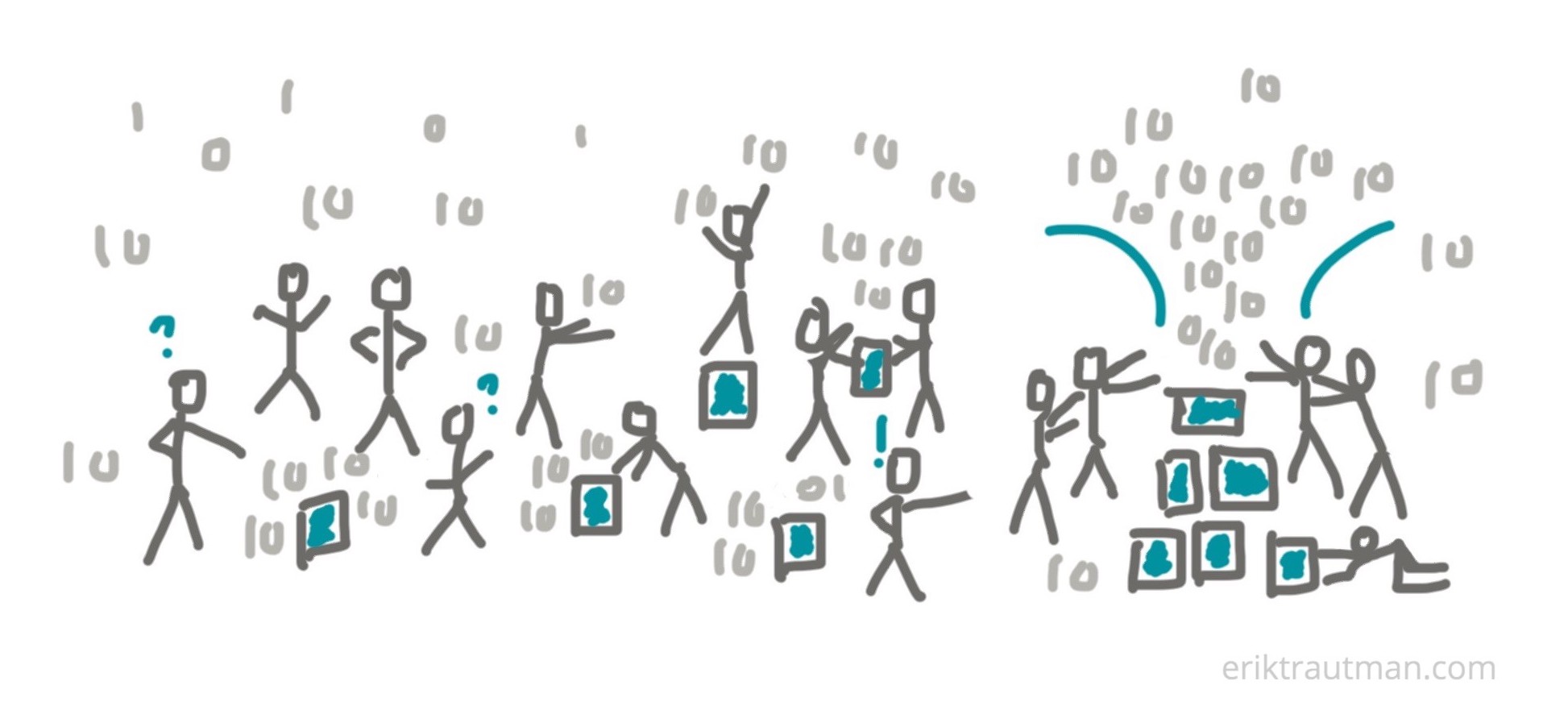Despite being years deep into the new Age of AI, there is still surprisingly little clarity around how to systematically approach and model the space in order to find opportunities for investing and building new businesses.
My intention here is to create a simple top-down process for identifying opportunities by analyzing the core components that are critical in any viable AI-driven product or business.
As an entrepreneur, these are the questions I ask myself when deciding which areas look most fertile to pursue. As a VC, you might use this to find green fields for investment or as a tool to evaluate businesses that cross your radar. As a researcher, this may provide new areas to explore and as an industry expert this should help you think about triangulating in on a good opportunity within your domain space.


